Leche Flan and Its Philippine origins
As an Amazon Associate and member of other affiliate programs, I earn from qualifying purchases.
“The leftover yolks in Leche Flan were from the egg whites used as cement for stone walls when churches were built.” This was the theory of many historians on the leche flan’s origins in the Philippines in the 16th century, during the Spanish colonial era.
In the novel “Noli Me Tangere” by Jose Rizal, a Philippine national hero, I imagined leche flan, a custard with a caramel topping, was the dessert served at the fictional party of Kapitan Tiago to welcome Ibarra, who returned to the Philippines after 7 years in Europe. This novel’s setting was in the 1800s, when the Philippines was a colony of Spain. Rizal wrote the Noli during exile years in Europe. He was a doctor, a teacher, a political leader and his writings illustrated his fierce love of his country, the Philippines, while challenging the colonial rule of Spain.
It was said that Rizal wrote the Noli as a tribute to the love of his life, Leonor Rivera, a former sweetheart. Rizal’s extreme stance against the Spanish colonizers and his outspoken ways did not go well for Leonor’s conservative family. Thus, a heartbroken Leonor ended her relationship with Rizal and eventually married somebody else– an Englishman named Charles Kipping.
In the novel, Noli, one of the central characters is a lass named Maria Clara. Rizal’s description of her delicate beauty and demure ways were so realistic, that many believed when he wrote this , he was describing his ex-sweetheart, Leonor.
Old cookbooks on my shelves, which I brought from the Philippines ( belonging to my late mother) prominently talk about flan being around during Spain’s colonial rule which lasted over 300 years. It is no wonder the strong imprint of Spanish flavors are obvious on many Filipino dishes like this leche flan.
On another note, while we’re discussing a story (the Noli) within a story (the origins of flan), I actually got to touch and flip the pages of the real, original copy of the “Noli Me Tangere” which Rizal gifted Leonor. He even signed it with a dedication to her.
When I went back to the Philippines last year, I visited my home province, Tarlac. While there, I met up with my cousin, Dr. Maria Lourdes Kipping, who is the great granddaughter of Leonor Rivera. Ilou as we call her, opened the family’s ancestral home in Camiling, Tarlac which was the home of Leonor. The home was about 75 miles north of Manila, the country’s capital. While at the Kippings’, I was privileged to see the private collection of their great grandmother, Leonor Rivera Kipping. I ran my fingers on the ivory keys of her antique baby grand piano, marveled at her leather bound, classic literature novels (written in Spanish) – and most importantly, held the Noli in my hand, while I gingerly ran my finger across Rizal’s handwriting. I felt transported in time, like I was the heroine, Maria Clara.
The ill-fated true to life love story of Leonor Rivera and Jose Rizal is timeless and has stayed in Philippine history books ever since. Just as memorable is the fictional character Maria Clara, a tribute of the author to his sweetheart, the ‘one that got away’.
Leche Flan and its Philippine Origins
Equipment
- Loaf pan- 9 inches x 5 inches; Or a Round Cake Pan - 9 inches diameter
- Filipino Oval-shaped Llanera - 8 inches length
- Large, deep roasting pan - for the Bain Marie
Ingredients
- 3/4 cup granulated sugar for caramel syrup
- 8 eggyolks
- 1 can (12 fl oz./354 ml) evaporated milk
- 1 can (14 oz) sweetened condensed milk
- 1 teaspoon pure vanilla extract
Instructions
- Cook the caramel topping: Using a medium sized heavy stock pot. Add the sugar to the stockpot. Place the pot over medium heat. Keep a close watch over the sugar. It will take about 5 minutes for the sugar to start to bubble at the edges, gradually turning amber colored all over. Tilt the pan around to level off the caramel syrup. Work quickly and pour the piping-hot, thick caramel syrup in a prepared loaf pan measuring 9 x 5 inches (or use a round 9-inch in diameter cake pan). Set the caramel in the loaf pan aside while you prepare the custard.
- How to make the custard: In a large mixing bowl, separate the egg yolks from the whites. Keep the whites in a covered container and refrigerate for another recipe. Whisk the yolks gently for a few minutes.
- Into the same bowl of yolks, add the evaporated milk, condensed milk and pure vanilla extract. Blend the ingredients well by hand, using a wire whisk. Do the mixing for less than 5 minutes. You do not want too many bubbles in your flan.
- Using a sieve or strainer, pour the custard mixture into the loaf pan lined with caramel. It is important to use a sieve so you have a smooth textured flan. Cover the entire pan with foil and seal the edges all around.
- How to cook the Flan: In a preheated oven of 325 F degrees, place a large deep baking pan (larger than the loaf pan). Add enough water to fill up the large baking pan halfway full. Place the foil covered loaf pan with the custard and caramel in the center of the larger baking pan. This is called a water bath or ‘bain marie’ or else ‘bano maria’ way of cooking. This method is preferred if cooking with a caramel topping and a custard like this one.
- Bake in the 325 F degree oven for 50 to 55 minutes. Test the custard if it is done by inserting a thin knife in the center. If knife comes clean, it is done.
- Remove the flan from the oven and cool on the counter for an hour. Then cover the flan with foil and refrigerate for at least 6 hours or overnight.
- To serve : Run a sharp, small knife around the sides of the flan to loosen up. Prepare a large rectangle sized platter (larger than the flan) and put it over the flan container. Hold the bottom of the flan container firmly with one hand. Hold the bottom of the platter well with the other hand. Turn over the flan on the platter. The syrup will run and flow around the custard. Slice in thin slivers to serve (each thin slice is packed with thousands of rich calories, so go easy).
- Cook's comments: Our family prefers flan flavored with vanilla extract. But in the Philippines, the original flan versions are flavored with the zest of local lime called 'dayap', which has been abundant since the 16th century.
- Hello, Friends! Please DO NOT LIFT OR PLAGIARIZE my original recipe. All the images and content on this blog are COPYRIGHT PROTECTED and owned by my media company Besa-Quirino LLC. This means BY LAW you are NOT allowed to copy, scrape, lift, frame, plagiarize or use my photos and recipe content I wrote, on your website,books, films, television shows or videos without my permission. If you want to republish this recipe or content on another website, video, news article,or media outlets mentioned above please ASK my permission, re-write it in your own words and simply link back to this blog to give proper attribution. It’s the legal thing to do. Thank you. Email me at [email protected]
Nutrition
Nutrition Notes: The nutrition information provided is an estimate and will vary based on cooking or baking methods and brands of ingredients used.
Did you love this recipe? I have more Philippine dessert recipes in my popular cookbook How to Cook Philippine Desserts, Cakes and Snacks.
If you need Filipino Instant Pot recipes, find more in my newest cookbook Instant Filipino Recipes: My Mother’s Traditional Philippine Cooking in A Multicooker Pot. Buy my cookbooks and books on Amazon.com sold worldwide in paperback and Kindle format.
Copyright Notice: Hello, Friends! Please DO NOT LIFT OR PLAGIARIZE my original recipe, stories, photos or videos. All the images and content on this blog are COPYRIGHT PROTECTED and owned by my media company Besa-Quirino LLC. This means BY LAW you are NOT allowed to copy, scrape, lift, frame, plagiarize or use my photos, essays, stories and recipe content on your websites, books, films, television shows, videos, without my permission. If you wish to republish this recipe or content on media outlets mentioned above, please ASK MY PERMISSION, or re-write it in your own words and link back to my blog AsianInAmericaMag.com to give proper attribution. It is the legal thing to do. Thank you. Email me at [email protected].

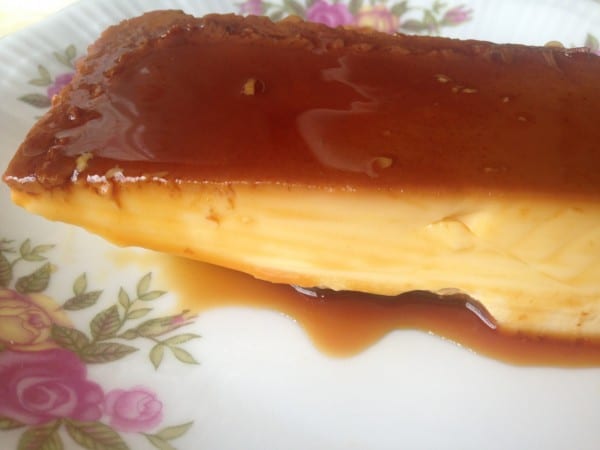
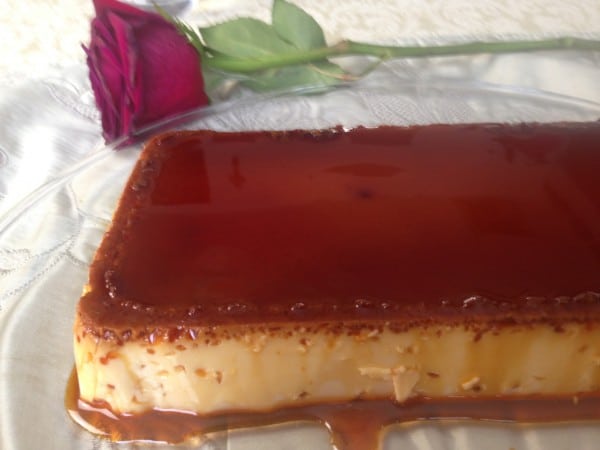
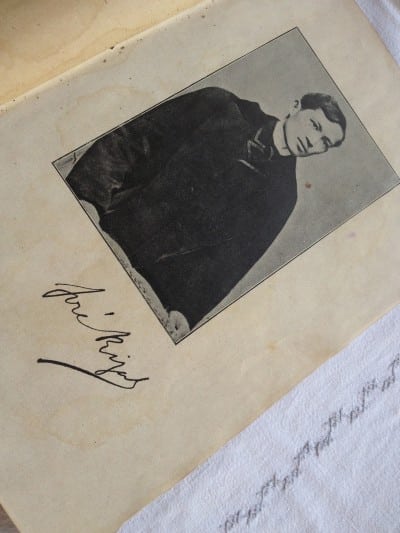
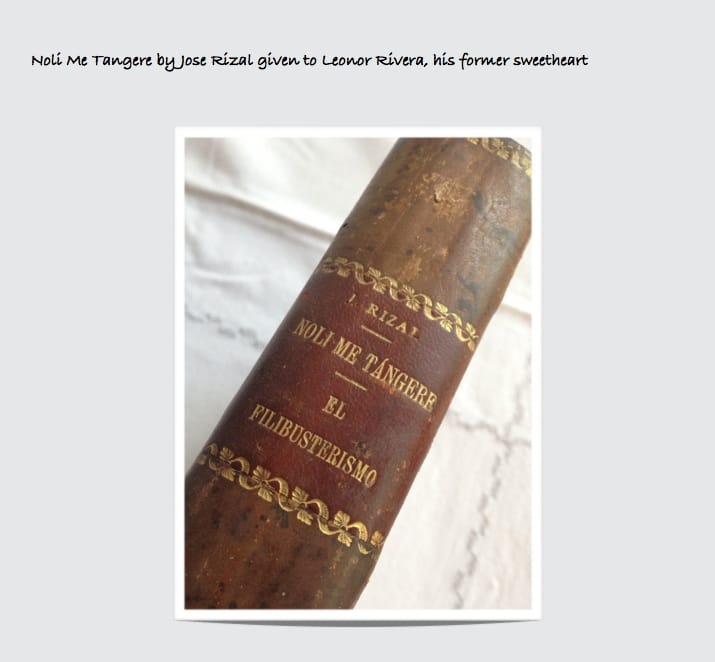
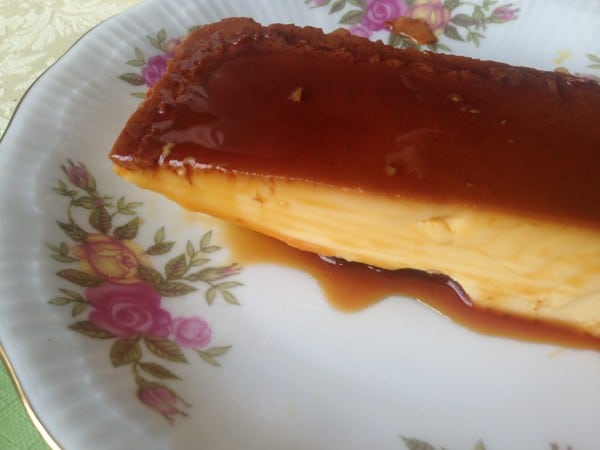
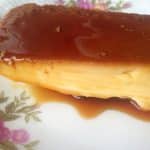
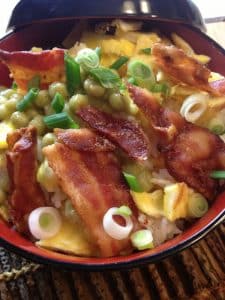
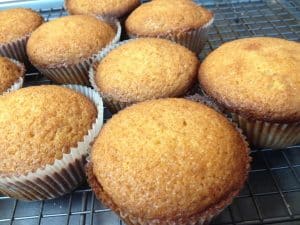
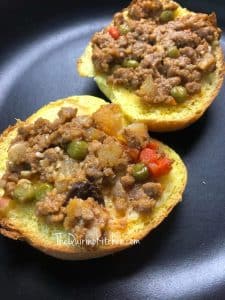
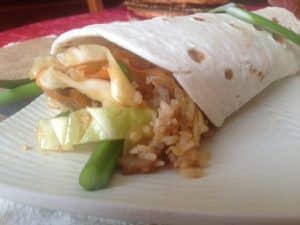
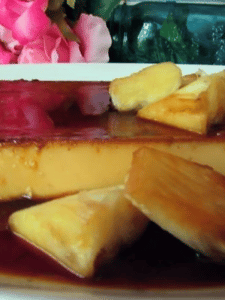
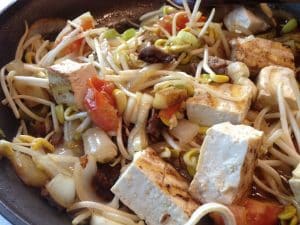
I didn’t know this history about flan! And what an honor to hold those old books.
Thanks, Grace. Indeed, flan was brought to the Philippines by Spain. So much history and influence happened to our local foods after that. And yes, we grew up around our cousins and the ‘Leonor Rivera’ aura, but as grown ups we now appreciate the connection even more.
Flan is so fantastic! I’d love to know what it would be like with actual buffalo milk, too.
Thanks, Annabelle. The flan with carabao milk is still being made in the Philippines. If you’re familiar with the ‘pastillas de leche’ (sweet milk candy) then the authentic ones use fresh carabao milk or ‘gatas damulag’ in Capampangan, my home province’s roots. The flavors are heavenly !
Beautiful flan, story and personal connection. I really enjoyed this post.
Thanks, Linda. The flan history in the Philippines is marvelous to look back to. And this love story about the love story is indeed beautiful. Glad you liked my post 🙂
So beautiful and moving, so sweet, so rich; the story in the book, the story of your visit, and this gorgeous dessert. Thankful for this feast.
Thanks, Nancie. Glad you liked the sweet, though sad love story about the love story, the flan’s origins and the recipe itself. What a treat to have you visit the blog 🙂
A lovely story and dessert, just right for literary inspirations!
Thanks, Lucy. So sweet of you, just like the dessert and the love story.
this is good
I was in the PI in 1972/73 and had the most amazing flan. I have tried many recipes but none were like what I had over there. I will try this one today and keep my fingers crossed. Now if only I can find a recipe for lumpia shanghai that I had in Angeles city…what wonderful memories I have of that time. Thank you for posting.
Hi Kathy. Thanks for visiting the blog. Enjoy this leche flan recipe. If you click on the search box of my blog’s home page, you can enter the name of other Filipino recipes you’d like to find. I have over 700 recipes on this site. Here’s one of Lumpia Shanghai which is a favorite of both Filipino and American friends in my circle. Click here https://thequirinokitchen.com/2012/10/filipino-lumpia-shanghai-egg-rolls-with-ground-pork-and-pineapple-sweet-sour-sauce/